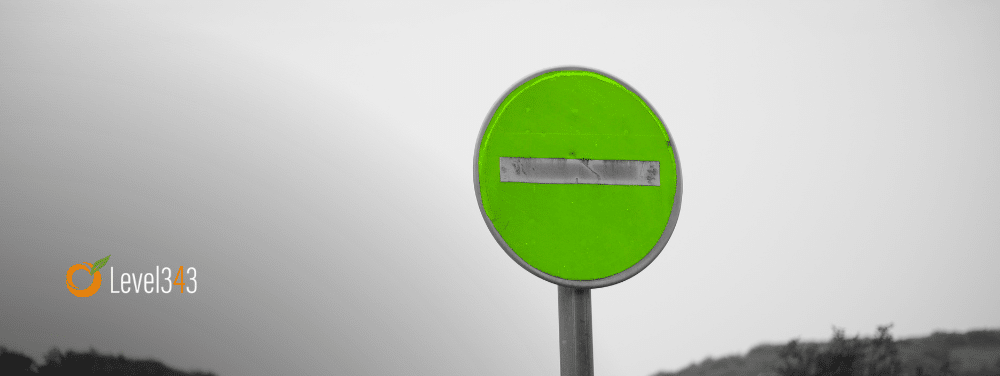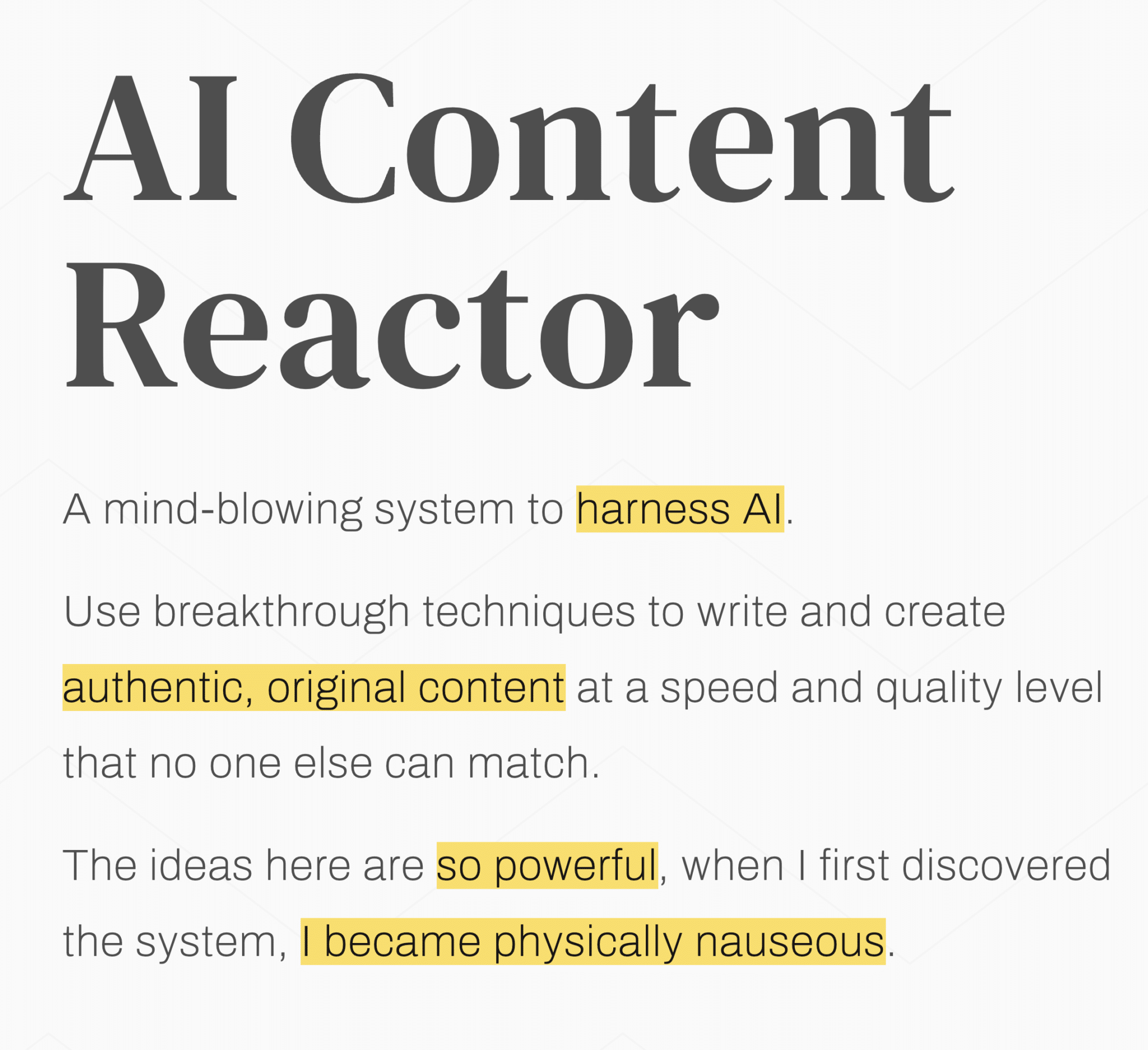Search engine optimization (SEO) guidelines, commonly known as best practices are rules used by search engines such, as Google to assess the quality and relevance of a website. These guidelines aim to ensure that online users can easily and quickly access high quality information. By adhering to SEO standards to target your audience, and using SEO tools, websites can appear in search results while safeguarding users from quality or potentially harmful web content.
Guidelines for Evaluating Search Quality
Google leads the way in SEO standards through its Search Quality Rating Guidelines. This comprehensive set of guidelines outlines how Google assesses websites and ranks them in search results. The criteria cover aspects like design, content clarity, technical performance (such as site speed and mobile compatibility) user experience (including relevance and trustworthiness) and additional factors like avoiding content or keyword overuse.
Example SEO Guidelines for a Blog Website:
1. Quality Content Creation
- Guideline: Create content that is original, informative, and provides real value to the reader.
- Purpose: To engage users and encourage them to spend more time on the site, which Google interprets as a signal of quality and relevance.
2. Keyword Optimization
- Guideline: Use relevant keywords naturally in the title, headers, and throughout the article. Avoid keyword stuffing.
- Purpose: To help the page rank higher for specific search queries and make it easier for Google to understand the content’s focus.
3. Mobile-Friendliness
- Guideline: Design your website to be responsive on all devices, particularly mobiles.
- Purpose: Since Google uses mobile-first indexing, having a mobile-friendly website is crucial for ranking well.
4. Page Speed Optimization
- Guideline: Improve load times by optimizing images, leveraging browser caching, and minimizing the code.
- Purpose: Faster sites provide a better user experience and are favored in search engine results.
5. Secure Website (HTTPS)
- Guideline: Use HTTPS instead of HTTP to secure your website.
- Purpose: Google gives a ranking boost to secure websites, and it protects users’ data.
6. Proper Use of Meta Tags
- Guideline: Include a unique meta description for each page that accurately summarizes the content and contains key phrases.
- Purpose: While meta descriptions don’t directly impact rankings, they influence click-through rates from the search engine results pages (SERPs).
These guidelines help align the website’s practices with what SEO experts and search engines recommend for achieving better visibility and higher rankings in Google search results.
Tools Offered by Google
Google added their guidelines and serve as a resource for website owners looking to create top notch websites that rank well organically. Alongside these guidelines Google provides a range of tools to help optimize website performance, for search engine users.
Google Search Console is one of the tools that webmasters use to keep track of how their websites are performing in Google’s search results. It also offers insights, into user behavior on a site.
SEO Standards Explained
Apart from offering advice on the SEO practices Google actively enforces its SEO standards by penalizing sites that violate them. This can involve actions like removing pages from search results or lowering their rankings if they contain misleading content. Algorithmic penalties are also applied when sites fail to meet criteria such as page speed and mobile usability.
Adhering to SEO standards is crucial for maintaining quality across websites ensuring users have experiences. Following these guidelines set by Google helps improve user experience and boosts search rankings. It also safeguards users from sites empowering them to make informed choices about their online activities.
Understanding SEO Standards
SEO standards encompass practices and risk evaluations in the realm of search engine optimization. The notion of having these standards in place is considered essential, for website management and optimization strategies.
Many professional SEO service providers who adhere to these called standards may unknowingly be giving their competitors an advantage. If everyone abides by these rules it could hinder clients from achieving rankings since they would all have coding and content. This cycle could continue endlessly.
One interesting point is the distinction, between hat, grey hat and white hat SEO practitioners. Black and grey hats are seen as individuals seeking an “edge ” while white hats are viewed as inclined to take risks for outcomes.
I recently came across an article discussing the balance between SEO risk factors and standard practices. The writer argues that SEO services following standards might lose their edge due to lack of uniqueness. It’s like being in a situation where everyone is doing the thing – not advantageous for standing out in the crowded SEO landscape.
For those, to SEO it’s important to understand that this field is fiercely competitive and having an approach can make a difference. However this uniqueness doesn’t have to involve resorting to tactics like keyword stuffing or other shady practices.
Let’s delve into the realm of risk taking shall we? Professional SEO services that adhere to guidelines often dedicate months to a project. Like anyone we are prone, to making mistakes and those errors can have significant consequences. There are instances where a single mistake made by an individual could result in losing a client.
Therefore after investing months working closely with a client on tasks like coding and research that one mistake could potentially jeopardize everything. Essentially being an SEO specialist – especially when you manage your business – comes with risks. There is never a guarantee that your client will achieve the ranking and most clients engage SEO services with precisely that objective in mind.
Adhering to SEO standards is crucial.
Is resorting to practices like keyword spamming and link farming essential to secure a spot on the page of search engine results? No. I view the argument presented earlier in this article against SEO services following established norms, as an attempt to justify laziness.
It undoubtedly requires time and effort to assess link quality conduct keyword effectiveness index (KEI) analyses scrutinize competitors strategies than populating a page with keywords.
It requires commitment and consistency to run a long term campaign following practices than resorting to unethical tactics, like keyword stuffing or link manipulation.
Although using black hat methods might offer wins they come with risks for the client. On the hand white hat strategies may take longer to show results but ensure safety and adherence to rules protecting clients from penalties.
The author provocatively concludes by suggesting that unethical SEO practitioners should be dealt with by outperforming them in search rankings.
In response I affirm that I have indeed taken this approach.
In Closing
As committed white hat SEO professionals, we uphold SEO best practices to ensure that our clients’ sites not only rank well in search engines like Google but do so with integrity. We aim to boost their visibility in organic search results, get their content into featured snippets, and optimize their blog posts for every platform, including mobile devices.
This organic approach to web searching is not just our promise; it’s our proven track record. We celebrate our clients’ triumphs as they mirror our commitment to excellence and ethical SEO practices, setting a standard in an industry where your choice of SEO partner can define your success.



































